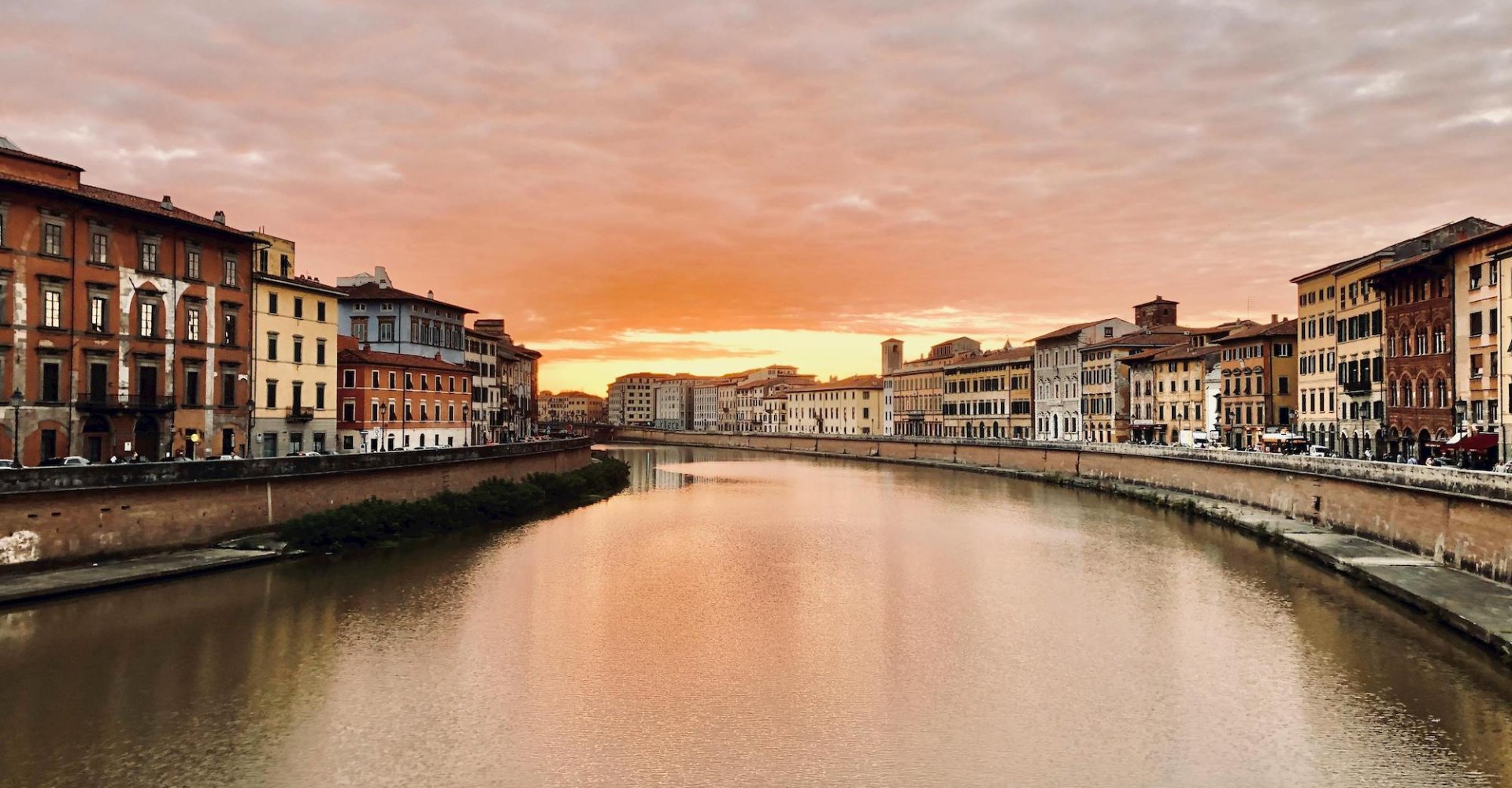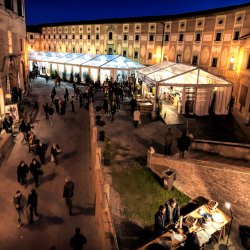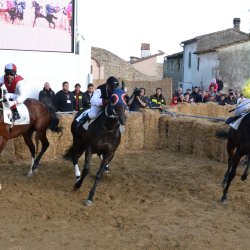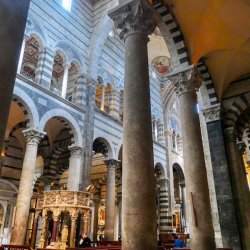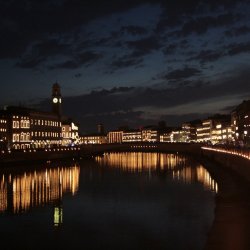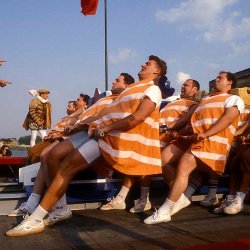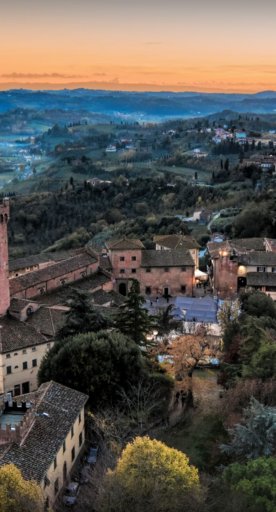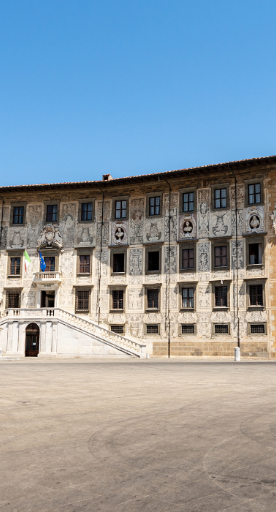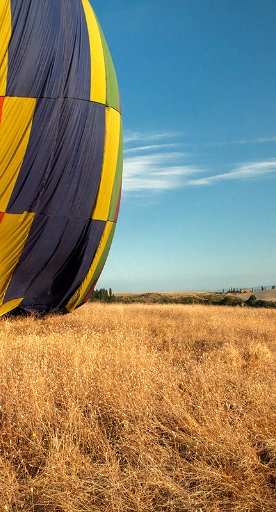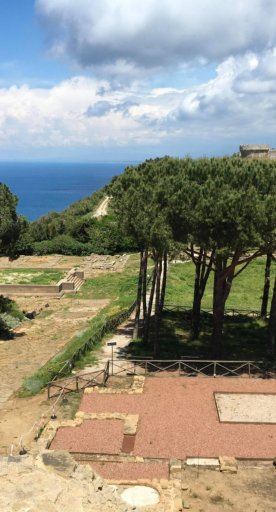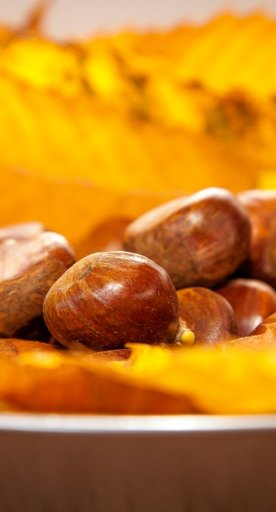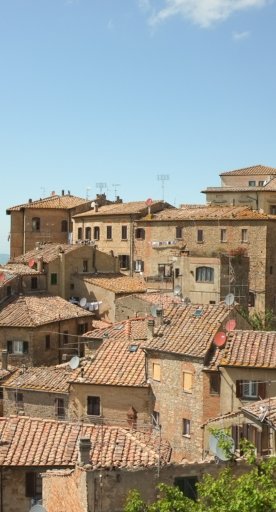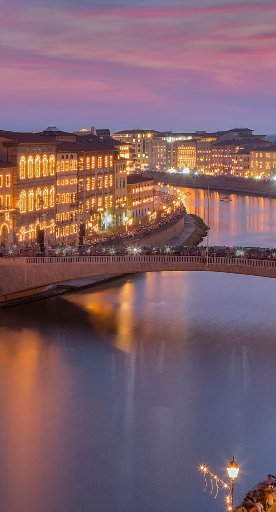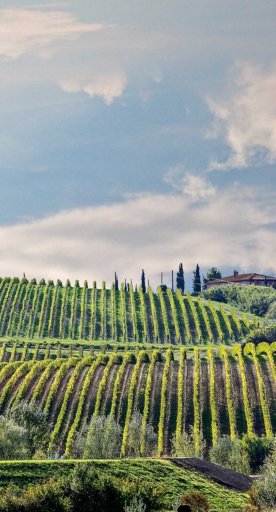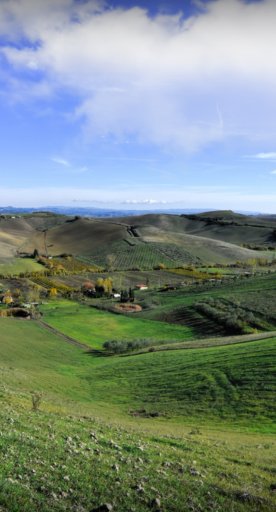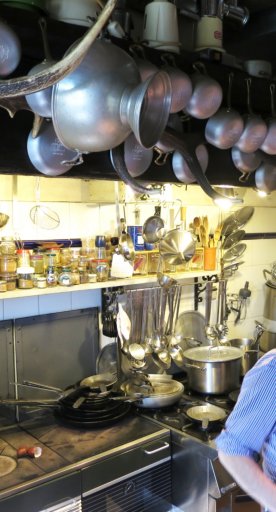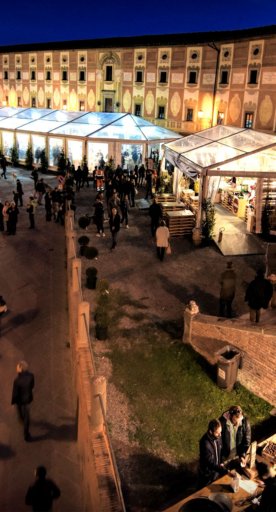March 25: it's New Year's Day in Pisa and Florence!
Why settle for just one New Year's celebration? Learn why Florence and Pisa ring in the New Year also on March 25.
In Pisa and Florence New Year's Eve is celebrated twice a year: on January 1st and on March 25th.
The reason is to be found in the ancient "calendario pisano", a particular type of calendar in use in Pisa and other areas of Tuscany until the mid-18th century, according to which the year began on March 25 (Annunciation of the Virgin Mary), nine months before Christmas (25 December).
The calendar remained in force until November 20, 1749, when it was definitively abolished by Grand Duke Francis I of Lorraine with an edict which established that throughout Tuscany the new year would begin on the following January 1st.
But, obviously, both cities have not given up on traditional celebrations!
-
1.Capodanno Fiorentino, an historical procession
-
2.Capodanno Pisano, a ray of light
Capodanno Fiorentino, an historical procession
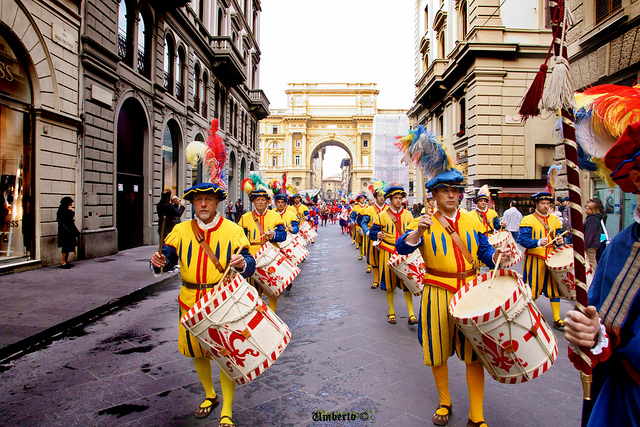
When the Gregorian calendar came into force in 1582, setting the beginning of the year on January 1st, Florence stubbornly continued to celebrate New Year's Eve on March 25 and it did so until the edict of Grand Duke Francis I.
Today the Florentine New Year is one of the official holidays of the Municipality of Florence and the anniversary is remembered with a historical procession that starts from the Palagio di Parte Guelfa, crosses the historic center and arrives at the Basilica of Santissima Annunziata. The Basilica is home of an image of the Madonna that is considered miraculous, an object of deep veneration till this day.
Capodanno Pisano, a ray of light
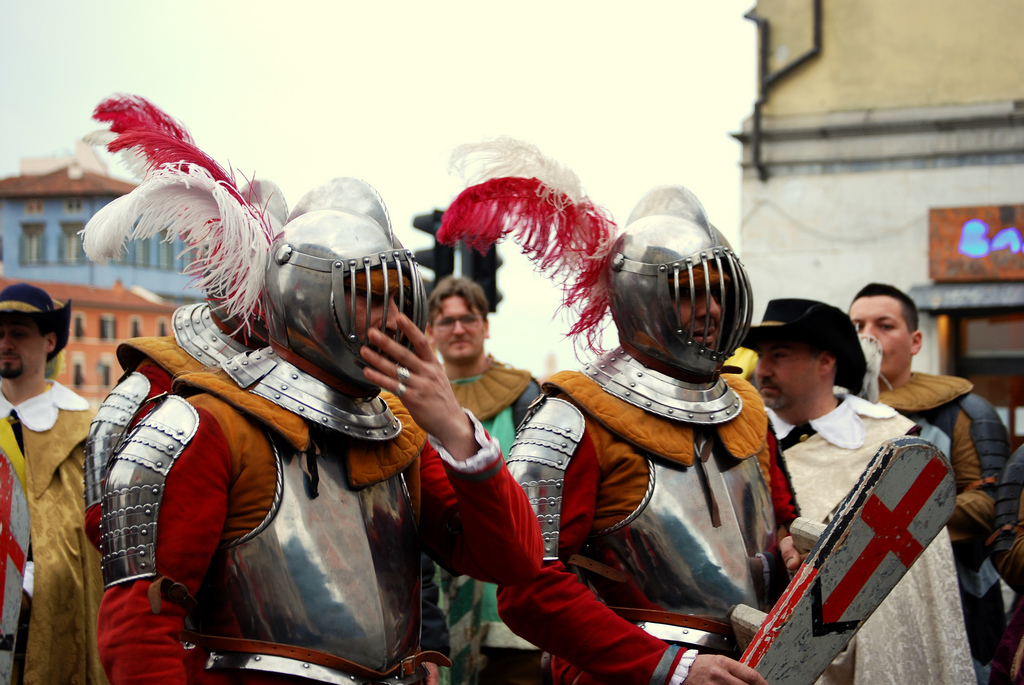
Every March 25 a historical procession crosses the city to the Cathedral, where a religious ceremony is held and the Pisan New Year is solemnly proclaimed.
More specifically, and suggestively, the beginning of the Pisan Year is marked by a sundial: a ray of sunlight enters the Cathedral from the “Sammarchina”, the smallest of the four round eyelets located under the dome, and hits a small egg-shaped shelf located on the pillar next to Giovanni Pisano’s pulpit, reassembled in 1926.
In recent years, numerous side events are also organized in the city in the days leading up to and afterwards.
